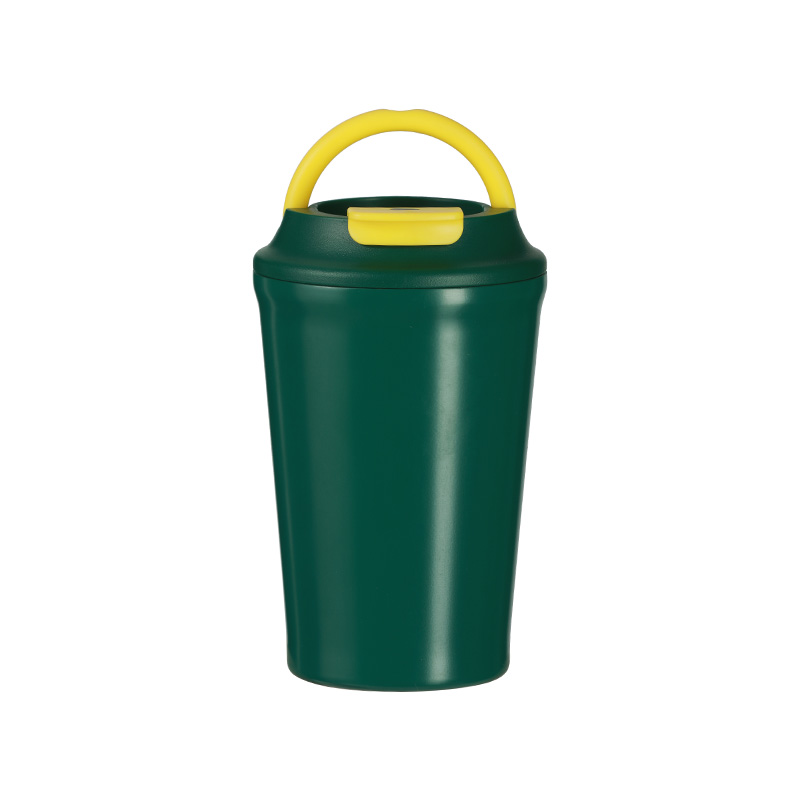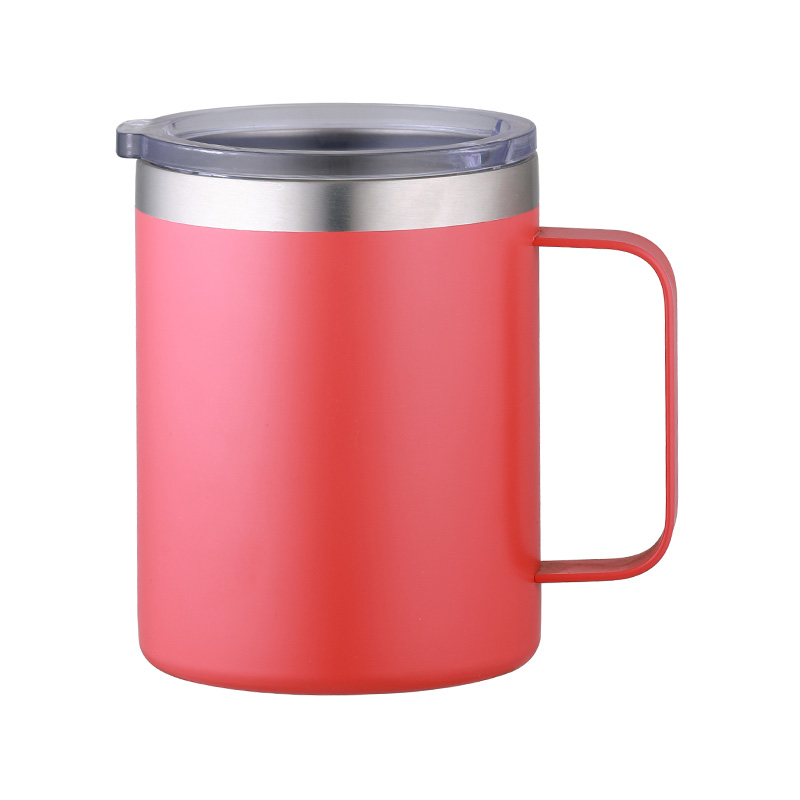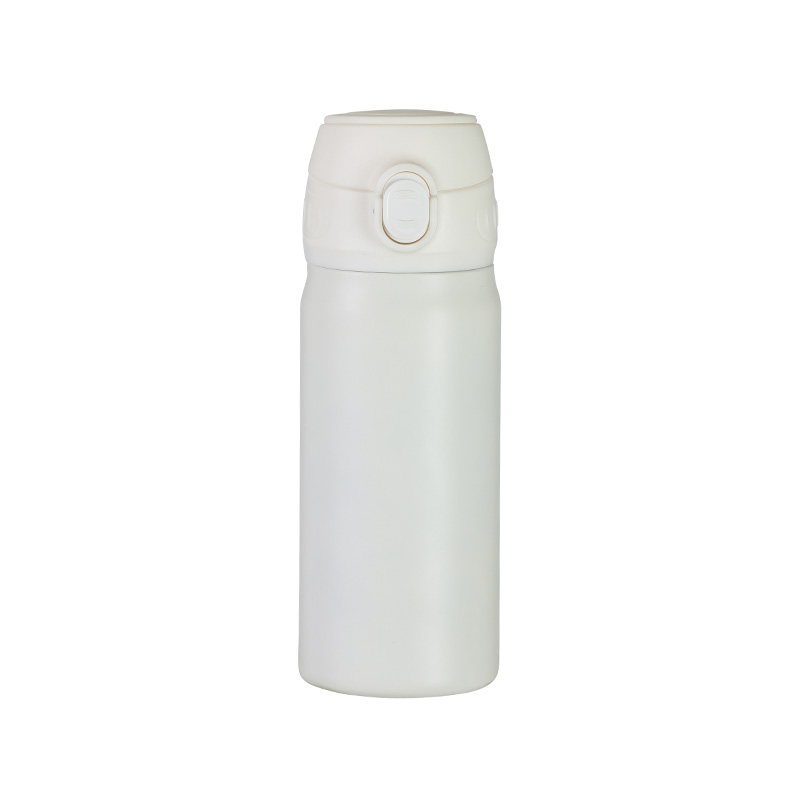Stainless steel stew beakers are widely used in households, restaurants, and industrial kitchens for cooking and storing soups, stews, and other liquid-based dishes. Their durability, resistance to corrosion, and ease of cleaning make them a popular choice in various culinary settings. As consumer needs and production technologies evolve, stainless steel stew beakers are experiencing development trends that reflect changing lifestyles, safety standards, and market demands.

1. Material Innovation
High-Grade Stainless Steel
One notable trend in stainless steel stew beakers is the use of higher-grade stainless steel, such as 304 or 316 series. These materials offer increased resistance to corrosion, particularly when exposed to acidic or salty ingredients, which is common in cooking soups and stews. In practical terms, restaurants in coastal regions prefer 316 stainless steel beakers because the higher chromium and molybdenum content prevents rust even under frequent use and cleaning with saline solutions.
Coatings and Surface Treatments
Another material development is the application of specialized coatings or surface treatments. Polishing and passivation enhance the smoothness of the interior, reducing the risk of food sticking and simplifying cleaning. Anti-fingerprint or matte finishes are increasingly used in commercial kitchens to maintain aesthetic appeal despite frequent handling. Real-life examples include hotel kitchens and catering services that select polished or brushed stainless steel beakers to improve hygiene and presentation.
Alloy Adjustments for Weight Reduction
Manufacturers are also exploring alloy adjustments to reduce the weight of stainless steel beakers while maintaining strength. Lightweight designs make it easier for kitchen staff to handle large-volume beakers without compromising durability. This is particularly useful in institutional kitchens, such as schools or hospitals, where large quantities of liquid food are prepared and transported daily.
2. Functional Design Improvements
Ergonomic Handles and Lids
Modern stew beakers increasingly incorporate ergonomic features, such as heat-resistant handles, well-fitted lids, and measurement markings. Handles designed to reduce strain during lifting or pouring improve usability, especially when beakers contain hot liquids. For instance, catering staff often prefer beakers with double handles for safe handling during transport, reducing the risk of spills or burns.
Stackable and Space-Saving Designs
Space efficiency is another trend in functional design. Stackable stew beakers allow for easier storage in crowded kitchens or commercial pantries. This is particularly useful for restaurants and canteens where multiple beakers are used simultaneously. Stackable designs help optimize storage while ensuring that beakers remain easily accessible.
Multi-Purpose and Modular Options
Some manufacturers offer modular stew beakers that serve multiple purposes, such as cooking, storing, and serving. Beakers with detachable lids or compartments allow for batch cooking and portioning, meeting the needs of busy kitchens. For example, hospital kitchens use multi-purpose beakers to prepare, transport, and store broths and soups for different patient wards efficiently.
3. Market Demand and Consumer Preferences
Growing Interest in Durability and Hygiene
Consumers are increasingly aware of food safety and hygiene, which drives demand for stainless steel stew beakers. Compared to plastic containers, stainless steel offers a surface that is easy to sanitize and does not retain odors. In domestic kitchens, families prefer stainless steel beakers for storing leftovers and reheating soups because they reduce contamination risks and maintain food quality.
Customization and Aesthetic Preferences
Consumer demand is also influencing aesthetic designs. Color accents, polished surfaces, and decorative finishes are being introduced to appeal to households seeking kitchenware that matches interior decor. Real-life examples include boutique cookware stores offering stainless steel beakers with brushed or patterned exteriors for home use.
Adaptation to Various Kitchen Types
Market demand is diversifying across household, commercial, and industrial kitchens. Smaller beakers are suitable for family use, while large-capacity beakers are required in restaurants, canteens, and catering services. Manufacturers are adjusting sizes and designs to meet these varying demands effectively.
4. Environmental and Safety Considerations
Sustainability in Production
Environmental considerations are becoming increasingly important. Stainless steel is recyclable, and manufacturers are optimizing production to reduce waste. Some companies emphasize environmentally friendly processes and use recycled steel, appealing to consumers and businesses concerned about sustainability.
Food Safety Compliance
Safety standards are another focus, particularly in commercial and institutional use. Beakers are produced to meet food-grade certifications, ensuring they are free from harmful substances like lead or nickel leaching. For example, hospital kitchens require certified food-grade stainless steel beakers to comply with health regulations.
Energy Efficiency in Manufacturing
Manufacturers are also adopting energy-efficient production methods, such as improved forging and polishing techniques, to reduce the carbon footprint of stainless steel beaker production. This trend aligns with broader industrial movements toward sustainability and regulatory compliance.

 English
English 日本語
日本語







